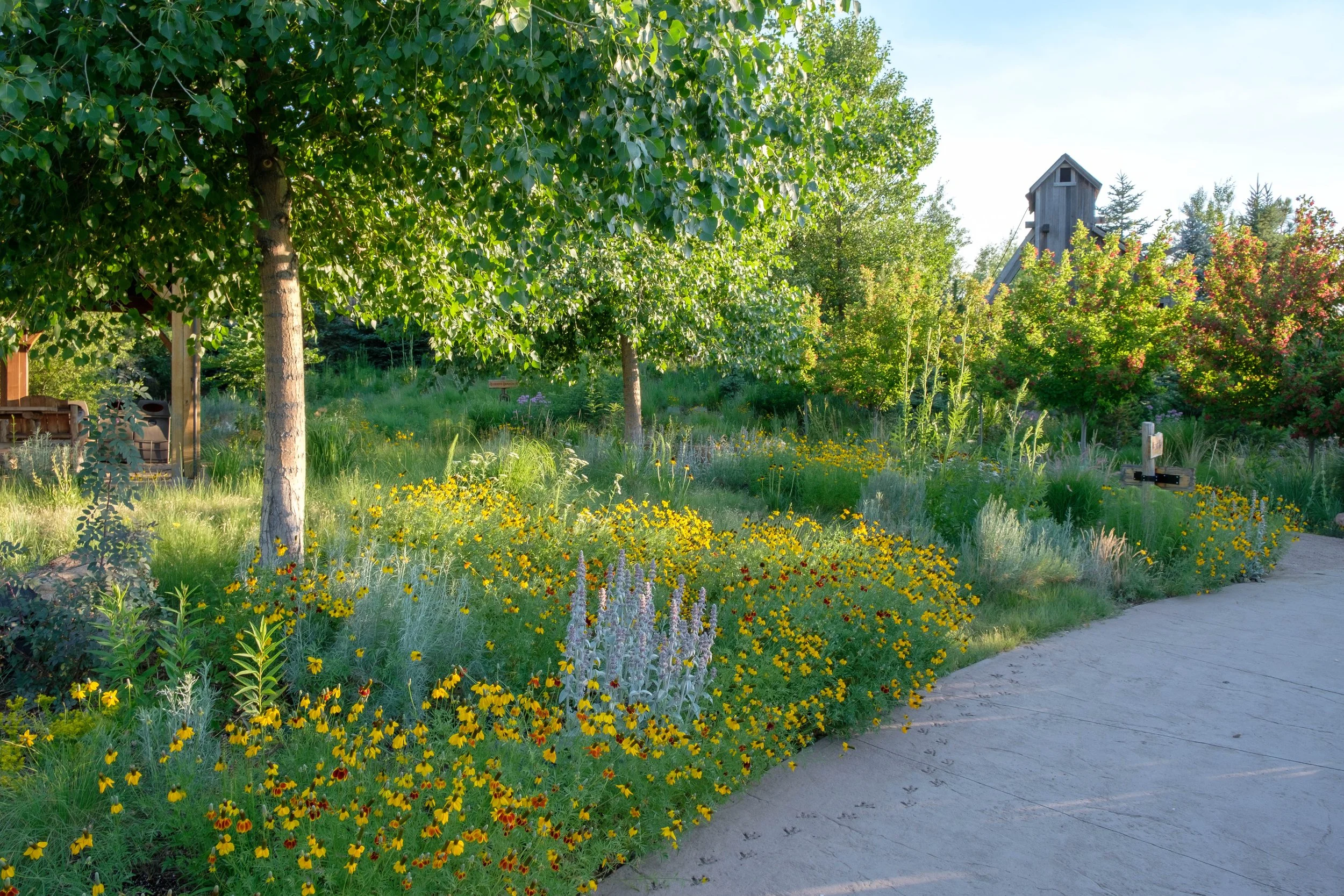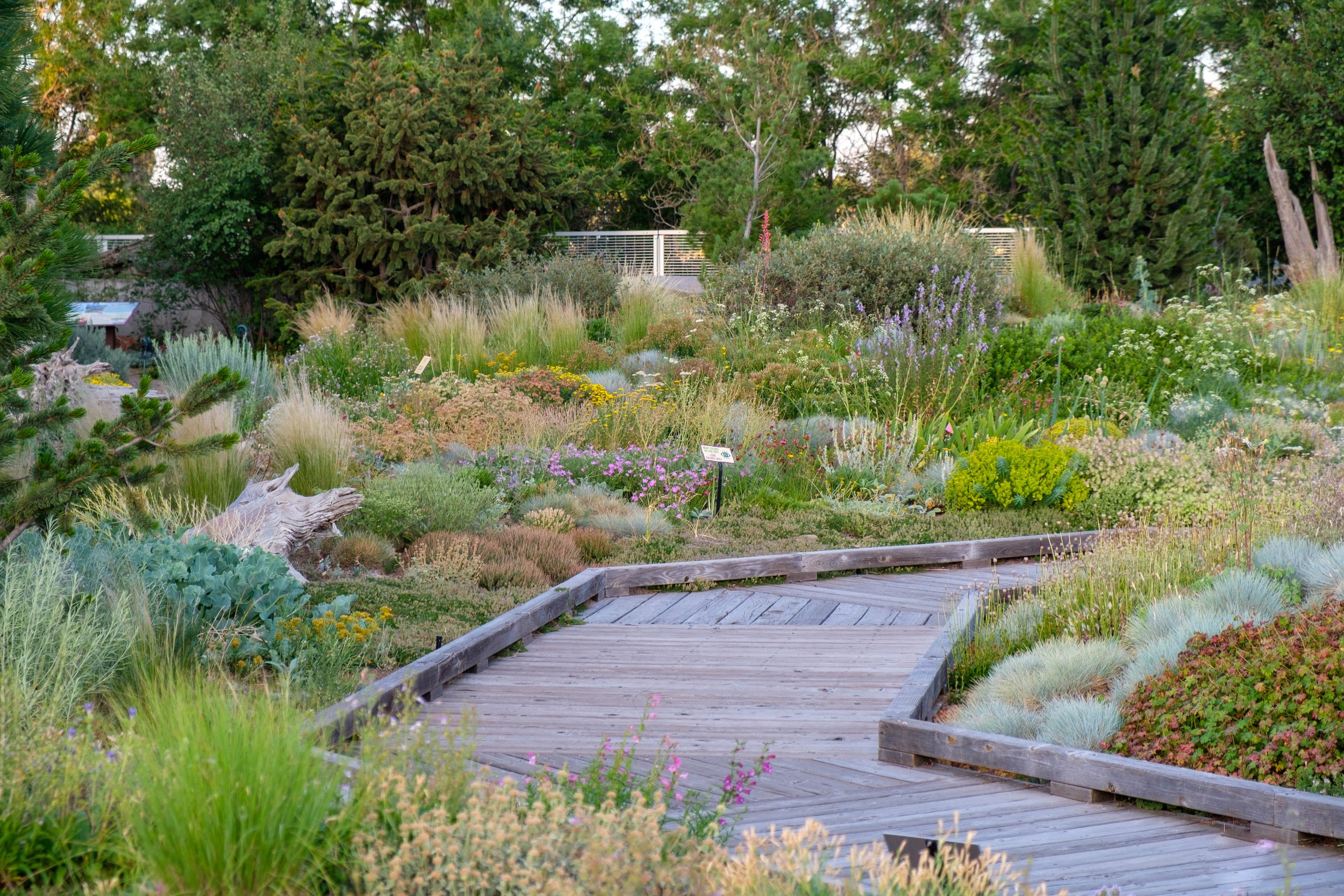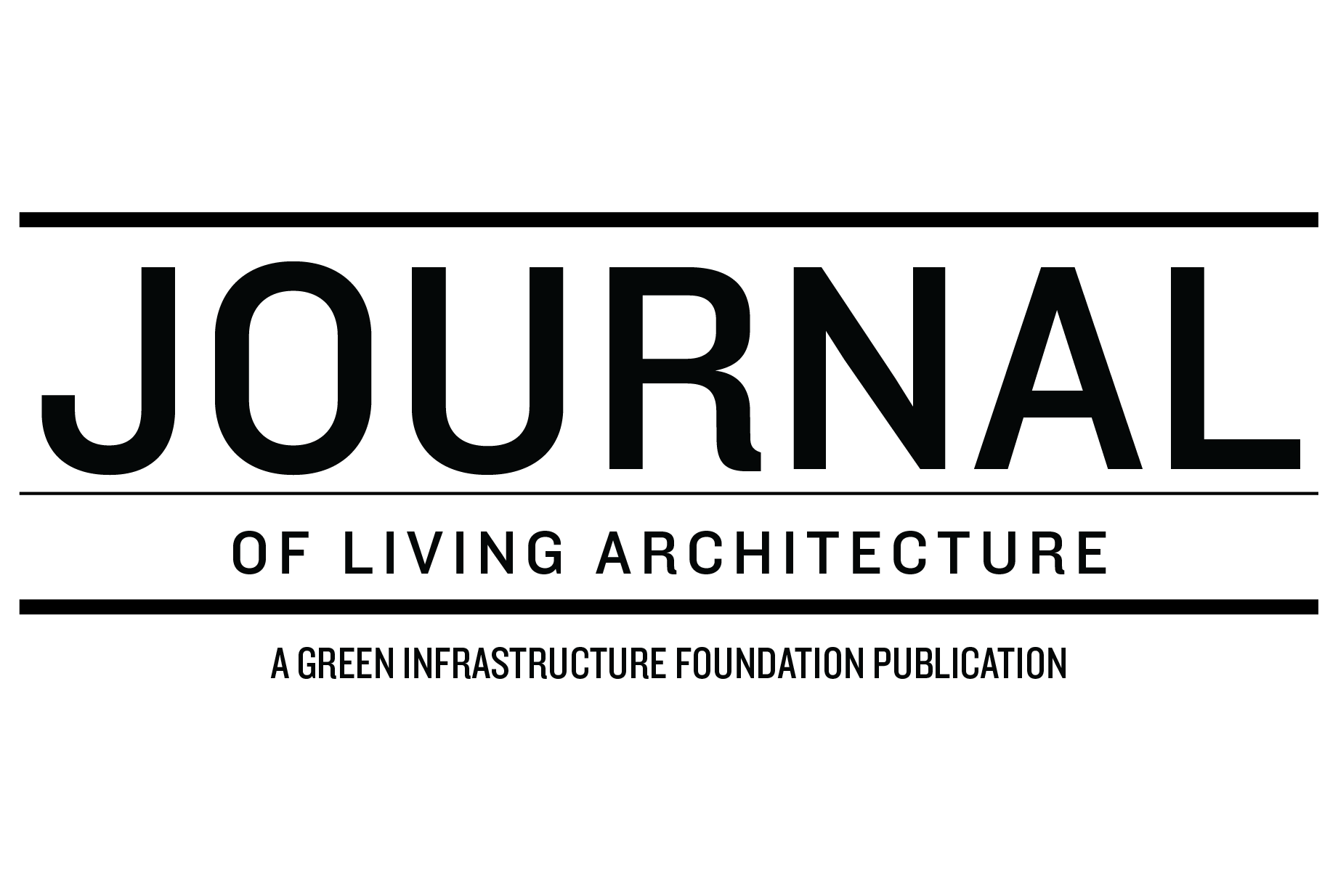Designing Green Roofs for Biodiversity
Advertisement
The mixed intensive-extensive green roof at Denver Botanic Gardens has over 600 accessioned plant species. Diversity of plant species and growth forms on this green roof contributes to its biodiversity value. Photo: Michael Guidi
There’s no denying it, biodiversity is in vogue. The age of lawns and monocultures is crumbling before a wave of pollinator gardens, native plant sanctuaries, and other green infrastructure projects. Horticultural trends are keeping pace with these new ways of thinking and moving towards increasingly naturalistic and ecologically driven designs. Biodiversity in urban areas is of particular concern due to the increasing rate of urban expansion. Cities occupy about 3 per cent of the Earth’s surface and are the most rapidly expanding habitat type on the planet (Grimm et al 2008). This expansion of urban human development has come with species loss at every level, from arthropods to mammals and is considered a leading cause of species extinction (Czech et al 2000). Importantly, urban areas are also where over half of the human population now resides and over two-thirds is projected to live by mid-century. This means that the important work of promoting and restoring biodiversity in urban areas will also benefit human health and wellbeing.
The gardens surrounding the DBG's green roof installation are highly naturalistic and equally rich in plant species, providing habitat connectivity to surrounding areas. Photo: Michael Guidi
Surprisingly, urbanization can be both a boon and a curse for biodiversity. The overall number of plant species (species richness) often increases, primarily due to the introduction of nonnative species for ornamental use, whereas mammals, birds, and arthropods see a general decline in the number of unique species (Faeth et al 2011). Although there are often greater numbers of plant species in urban areas than surrounding natural habitats, the abundance of native species is reduced and replaced by a suite of adaptable plant species common to cities around the world, a phenomenon known as biotic homogenization (McKinney 2006). Since vegetation dictates the richness of the rest of the biological community, it’s no surprise that these habitats support fewer types of animals. But, vegetation – as opposed to animal and insect life- also happens to be the thing that humans have the most control over, meaning we have the opportunity to influence the larger scope of biodiversity in urban landscapes.
Advertisement
Mordecai Children's Garden green roof. A variety of growth forms - forbs, grasses, shrubs, and trees - are used to increase the complexity of the vegetation. Photo: Michael Guidi
Thoughtful green infrastructure projects, including green roofs and living walls, are one important strategy to provide crucial habitat in cities. Research has shown that green infrastructure nearly always supports a great array of species compared to the conventional alternative and can even have similar biodiversity value compared to natural analogs (Fillazola et al 2019). Green roofs in particular are certainly a vast improvement over asphalt roofs and allow for the installation of green space in densely built areas where large ground level installations are often not possible.
A high percentage of vegetation coverage, with natural deadwood elements provides habitat for a variety of insects and pollinators on the Mordecai Children's Garden green roof at Denver Botanic Gardens. Photo: Michael Guidi
Still, it’s important to remember that biodiversity is a complex subject and doesn’t always fit our human aesthetic values. For example, brownfield sites – abandoned industrial sites or previously developed land – although generally thought of as eyesores, are increasingly recognized for their biodiversity value too and, in some cases, are even conservation targets (Hunter 2014). Therefore, a thoughtful approach to development and redevelopment must be taken, balancing human needs with biodiversity conservation. Even with a greater number of green interventions being applied in urban areas, it remains difficult to know whether the perceived biodiversity we see in cities actually translates to higher species counts and overall ecological health. Although many specifics vary by region and climate, there are several basic things to consider when designing for biodiversity on green roofs and other green infrastructure.
Vegetation structure and complexity is likely one of the most important characteristics to focus on when designing for biodiverse green space, especially for green roofs. Vegetated roofs are harsh places for most organisms to live; full exposure to harsh weather, little access to water, and often minimal habitat heterogeneity or microclimates usually simplifies the community of species who can thrive on green roofs. However, a growing body of work suggests that as vegetation complexity –a greater number of vegetation layers groundcover, herbaceous, shrub, and trees – increases, the biological community of arthropods and other invertebrates (Gonsalves et al 2022; Madre et al 2013, among others).
But one size does not fit all, and other research suggests that community composition of invertebrates varies highly with specific characteristics like plant species selection, amount of exposed substrate, or number of flower resources (Gonsalves 2016). Preliminary data from my research work in Denver, CO appears to support this, showing that areas with more complex vegetation on green roofs support a higher abundance and diversity of ground dwelling invertebrates. The bottom line: many different factors will influence the biodiversity of green roofs but designing with more complex and less homogenous vegetation has the best chance of supporting a wider array of organisms. Plant species richness (greater number of species), and landscape heterogeneity (lots of variability in the design, through topography, hardscape elements, different plant palettes) also contribute to green roof biodiversity.
Biodiversity is not a monolith. Generalized approaches as described here are useful, but targeted methods to achieve particular biodiversity goals – pollinator and native bee or bird habitat, for example – require specialized techniques suited to the particular species of interest. As ecological science and green infrastructure continue to intermingle, our understanding of how to design for biodiversity will only improve.
Advertisement
Michael Guidi is Manager of Horticulture Research, Denver Botanic Gardens and Graduate Student in Colorado State University’s Ecology Program.
More Information
Michael Guidi’s graduate school research investigates plant phenology and plant-pollinator interactions on green roofs and urban horticultural spaces.
References
Czech, Brian, Paul R. Krausman, and Patrick K. Devers. "Economic associations among causes of species endangerment in the United States” BioScience 50.7 (2000): 593-601.
Faeth, Stanley H., Christofer Bang, and Susanna Saari. "Urban biodiversity: patterns and mechanisms." Annals of the New York Academy of Sciences 1223.1 (2011): 69-81.
Filazzola, Alessandro, Namrata Shrestha, and J. Scott MacIvor. "The contribution of constructed green infrastructure to urban biodiversity: A synthesis and meta‐analysis." Journal of Applied Ecology 56.9 (2019): 2131-2143.
Gonsalves, Sydney Marie. Green roofs and urban biodiversity: their role as invertebrate habitat and the effect of design on beetle community. Diss. Portland State University, 2016.
Grimm, N.B. et al. 2008. Global change and the ecology of cities. Science 319: 756–760.
Madre, Frédéric, et al. "A comparison of 3 types of green roof as habitats for arthropods." Ecological Engineering 57 (2013): 109-117.
McKinney, Michael L. "Urbanization as a major cause of biotic homogenization." Biological conservation 127.3 (2006): 247-260.
Hunter, Philip. "Brown is the new green: Brownfield sites often harbour a surprisingly large amount of biodiversity." EMBO reports 15.12 (2014): 1238-1242.






